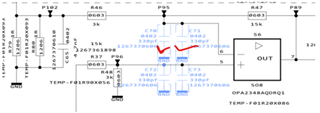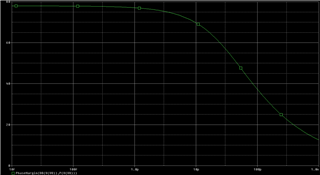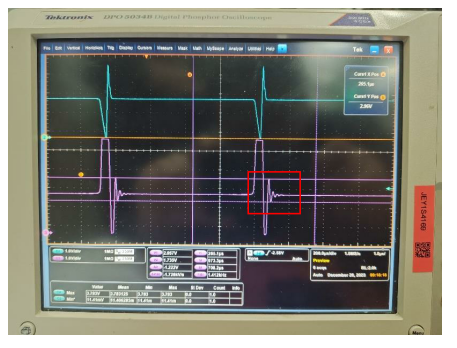Other Parts Discussed in Thread: OPA2348

When the OPA2348 is used as a negative feedback signal amplification circuit, I added the 660pF capacitors at the "+" and " -" input to ground for improving interference resistance(shown in the picture). May I know if this can cause oscillation of the operational output signal or other negative effects?




